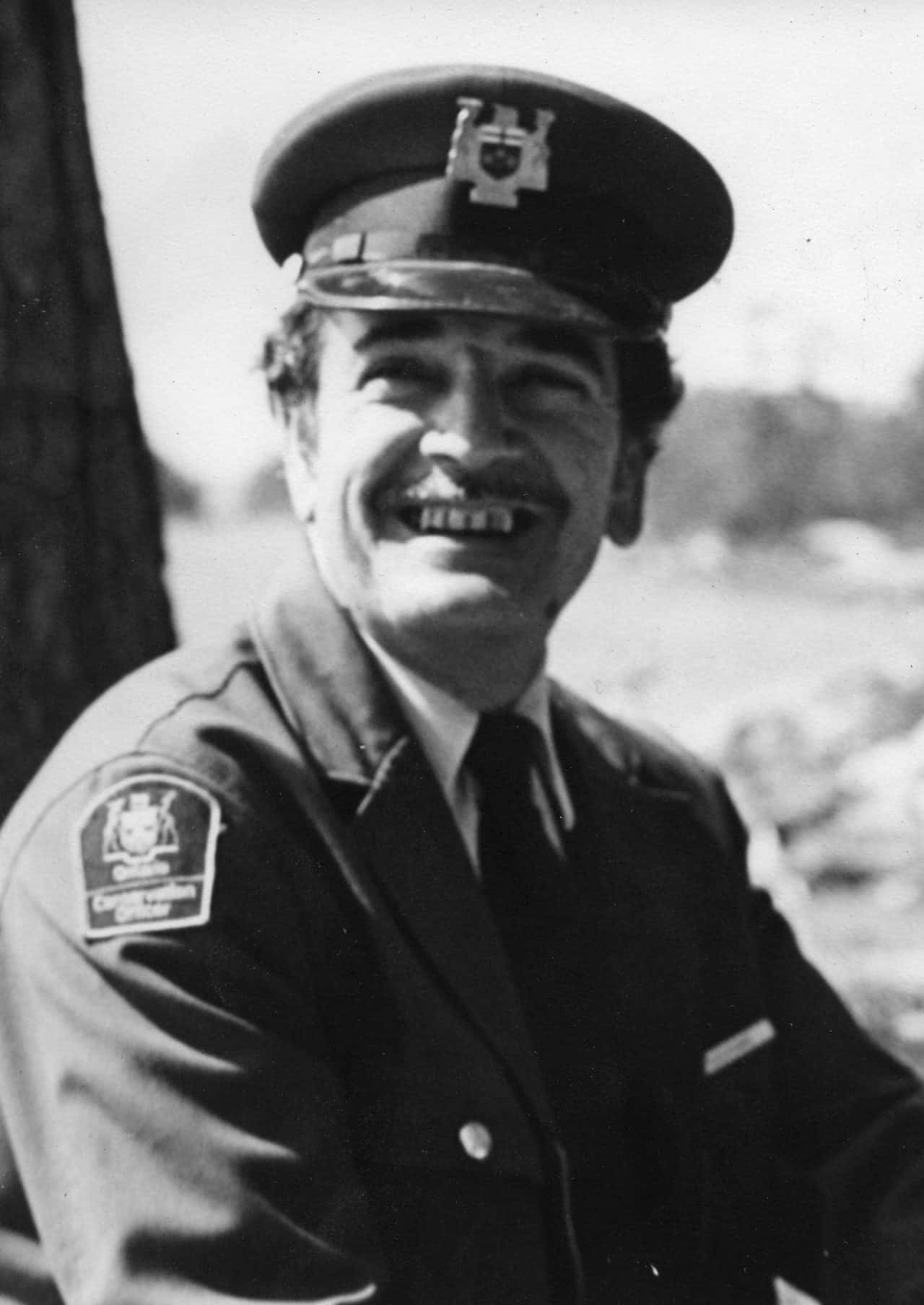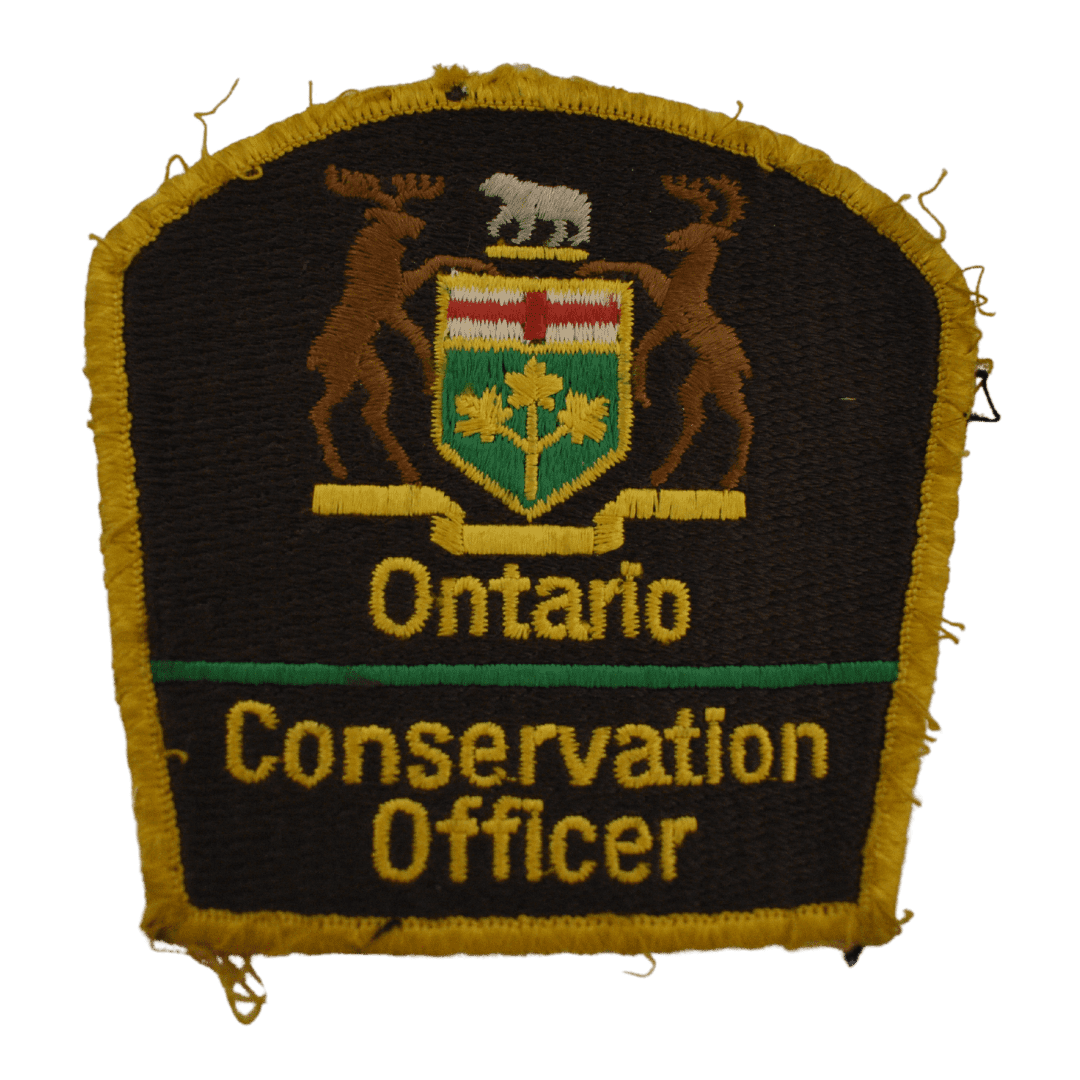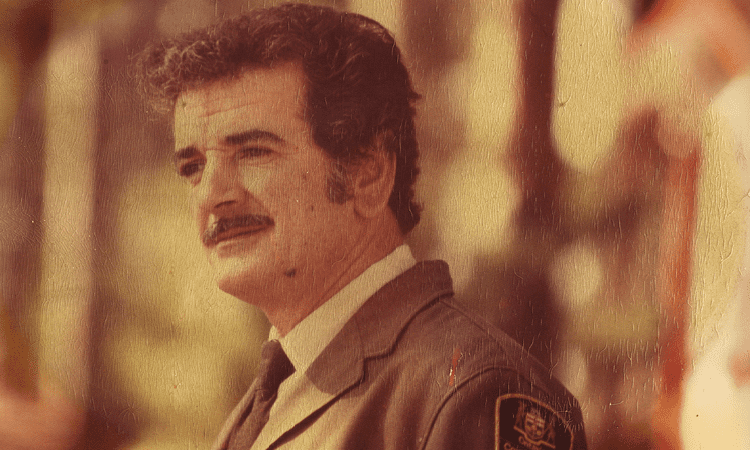“Life on the Invisible Line“

Ontario’s first game wardens were appointed in 1892 when it was becoming increasingly clear that lax laws were putting the stewardship of the province’s natural resources at risk. Nonetheless, these five men, working in harsh conditions and with limited support and resources, could only do so much given Ontario’s enormous land mass. Initially only responsible for game, inland fisheries were placed under their purview as well in 1907. While their workforce grew through the early 20th century, their resources did not always keep up with the scope of their duties.


Northwestern Ontario has a rich tradition of hunting, fishing, and outdoor recreation, in which Conservation Officers have played an important role in enforcing rules to ensure the preservation of wildlife. John Bouchard was one such officer, spending most of his career on Saganaga Lake in the southeast corner of Quetico Provincial Park, a lake divided by the American-Canadian border. As such, his work there had the added complexity of working closely with customs officers as well as American officials, and occasionally catching smugglers along with the usual hunting and fishing violations CO’s are generally responsible for. His experiences are recorded in a light-hearted autobiography, Life on the Invisible Line, brought to life with his sketches.
John Bouchard was an artist as well as an outdoorsman, and attended art school before his career as a Conservation Officer. His career even took a brief diversion as a toy designer, but it was to the wilderness that Bouchard was drawn. Nonetheless, his artistic talents were harnessed much later in his career when he designed the metal artwork for a special edition rifle commemorating 100 years of Ontario Conservation Officers in 1992.



Wardens were renamed Conservation Officers in 1948, and in the decades following grew in influence, support as well as legal power. This was largely due to growing environmental awareness and an emphasis on scientific management of natural resources, culminating in the formation of the Ministry of Natural Resources in 1972 (an amalgamation of the Department of Lands and Forests and the Department of Mines and Northern Affairs). In the 1980s, the service diversified and women began joining their ranks. The Ontario Conservation Officer’s Association was formed in 1979 to advocate for their pay and working conditions.

John passed away in late 2018, before which he generously shared some of his effects with the Thunder Bay Museum, all of which illustrate his fascinating life and the important work that he and other Conservation Officers do in Ontario.
By the time of their centennial in 1992, and continuing to the present day, Ontario’s Conservation Officers are a professional, well-trained and well-supported service that plays an integral role in safeguarding Ontario’s rich fish and game resources.




